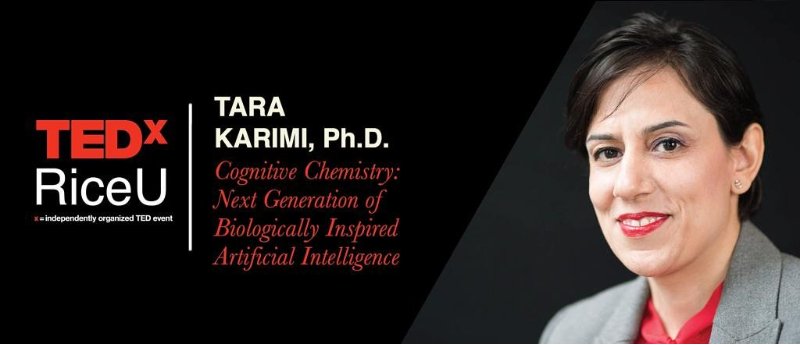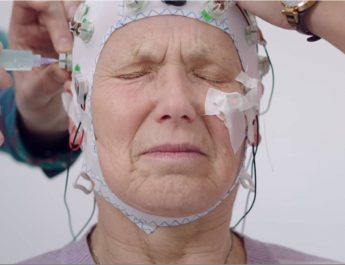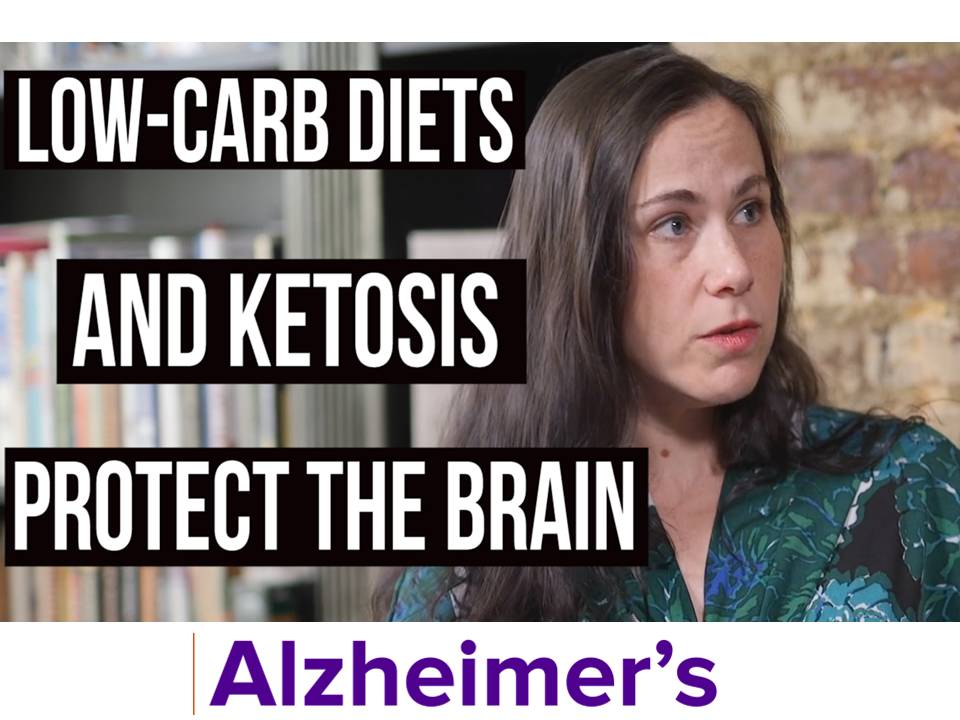Simulation of mechanisms of coding, data processing in biological systems at the molecular level provides promising tools for next generation cognitive systems with the capability of real-time response to the environmental signals. In her research, Dr. Tara Karimi apply biological coding to define algorithms for solving NP hard problems. In this TED Talk Dr. Tara Karimi is presenting the results and providing insights and applications for molecular sensors and implications for next generation of artificial intelligence.
“Have you ever taught what would be our future with the existence of Artificial Intelligence in our daily life?”
Current understanding of artificial intelligence is “an intelligent machine that has the capacity of communication with humans”.
Of course sometimes a little bit scary. From my understanding artificial intelligence is “a decision-making system that has the capacity of finding optimal solution in interaction with its environmental signal or in response to the specific signal”.
As an example an artificial intelligence can be a decision-making system, a cognitive system that helps us to make the optimal decision even by direct connection to our brain, or it can be a smart carrier of an anti-cancer drug that specifically targets cancer cell with the lowest effect on the normal cells.
From my background in veterinary medicine, I was always fascinated by their variety in the morphology and behavior of different species of animals. I was so curious about the programs and codes behind all of these varieties. This motivated me to continue my studies in genetics biochemistry and then later in stem cell biology.

Biological systems are highly cognitive systems in different forms from their very primitive to the most developed forms and they are able to make a smart decision in their interaction with their environmental factors. Just as chameleon that is able to make decision over its own ask in color and can synchronize its skin color with the environment just as a hiding mechanism.
The self navigation capacity of birds over the entire of their migration flight in another example the engineering is key enough honey is for making highly specific structures and architectures of honeycomb.
More importantly unlike any other human-made computers biological systems are able to make decision in every single of their subunits. For example, in a growing embryo every single stem cell is able to make its own decision in communication with other cells to find its own position.
Collectively they are able to communicate each other making highly specific geometries which is growing in size and complexity by time. This is called self-organization. Self-organization capacity of SM cells in a growing embryo pretty much is like the formation of a castle in a sandwich though during the embryonic development in addition to the geometries thousands of different machineries are forming by time in different tissues and organs.
Now the big question is that how we can learn from biological system in designing and improving our decision-making system. Currently the main challenge in artificial intelligence is about the designing decision making algorithms which could find the optimal solution in interaction with the environmental signals especially when the system is interacting with several factors.
This class of problems in mathematics are called NP problems. Because by their complexity, they cannot be solved by logical time. And they are considered as unsolvable problems in contrast to the other class of problems that we call P problems or that means they can be solved easily biological time such as multiplication problem.
As an example of NP problems consider travelling salesman problem. Travelling salesman problem ask in a given number of cities what is the shortest possible path that with it every cities and comes back to the original city. The problem statement sounds easy. But as a number of cities increase the number of scenarios and the operation times grows exponentially. Therefore solution will be impossible to be fine in a logical time even by current supercomputers.

I’m not a travelling cells woman and I’m not a mathematician. But I saw this problem somewhere else in differentiating pathways of stem cells. During the early stage of embryonic development differentiating a stem cells are able to make thousands of decision by finding the optimal combination of gene regulatory factors toward different destinations, for example; different types of tissues and cells in our body.
They are able to make thousands of decision by solving NP problems in a network as large as the entire of their genome. Now the question is that how as themselves are able to make thousands of decisions in a highly efficient way while we have still several problems in solving similar NP problems applying our supercomputers.

This question engages my mind for a long time since I was a PhD student. I was trying to find an algorithm in computer science that could be matched with the decision-making capacities of stem cells. Later I was trying to understand the mechanisms of coding and computing in a stem cells by getting deep in the chemistry of cells. But unfortunately after a long time research, I didn’t find a solution. But then later, I was able to connect the dots and find the solution in chemistry. But in a special form of chemistry that information are embedded in the molecules and in the materials.

So I call this platform cognitive chemistry. Cognitive chemistry is a chemical based coding system that information is embedded in the molecules and materials. NINA is a simple example of for cognitive materials. We can apply DNA in the synthetic form as a matrix for information storage. But cognitive chemistry is not limited to DNA and we can apply different forms of synthetic materials for information and storage.
In addition in a cognitive chemistry system, the system has the recognition capacity over its environment applying its molecular sensors. Therefore by combining these two properties, we understand that in cognitive chemistry the software and hardware are integrated together. In addition unlike current computers that are limited to single layer of coating which is binary coding in cognitive chemistry, we have multiple layers of coding for example DNA coding language with four coding subunits with four different nucleotides or protein coding language with 20 different coding subunits.
Therefore by a multi-layer coding capacity of cognitive system, the system will be impoverished two parallel operation which enhance the operation rate of system incredibly.
Now the question is that; Can be solved NP problems such as Traveling Salesman problem applying cognitive chemistry algorithm? Let’s see..
As we discussed earlier, we know that the main limitation in our current computers for solving NP problems is about the sequential operation. The system needs to check all the possible scenarios before finding the optimal solution. However in cognitive chemistry applying the parallel operation capacity of the system, we can pass this problem in this limitation.

The system is able to find the solution immediately. In this animation we can see how a current complex method is trying to find the near optimal solution for travelling salesman problem applying a semi sequential method. As you see here the system is trying to define the problem and then checking all the possible scenarios before finding the optimal solution.
However in cognitive chemistry applying the parallel operation capacity of the system, the algorithm is able to check all scenarios in parallel and at the same time. There would be no gap between the problem and the solution. Therefore, cognitive chemistry algorithm has been able to move traveling salesman problem from the category of unsolvable problems into solvable problems.

The importance of this solution is definitely in designing of decision making algorithms in artificial intelligence. But more important this solution can be applied in biomedical science for treatment of cancer by analysis of large datasets from cancer patients and a small targeting of cancer-related genes.
Also it can be applied for treatment of protein misfolding diseases such as Alzheimer’s, Parkinson’s and prior related diseases.
In my opinion, any disease is a coding disorder and if we know the appropriate code, we can we can fix the problem. During the entire of my career, I was so curious about the power of life and I try to understand the connection between chemistry physics and mathematics in biological system. I believe if we delve deeper, we will find that there is just one rule governing the entire of nature and universe. That’s the Universal Science.

Dr. Tara Karimi is a multi-disciplinary scientist who has devoted her academic life to learning biological systems and applying the natural principles to the outside world. Dr. Karimi holds two PhDs in veterinary science and biochemistry and has completed several post doc projects in tissue engineering, genetic engineering, molecular and developmental biology, stem cell research, and regenerative medicine.




